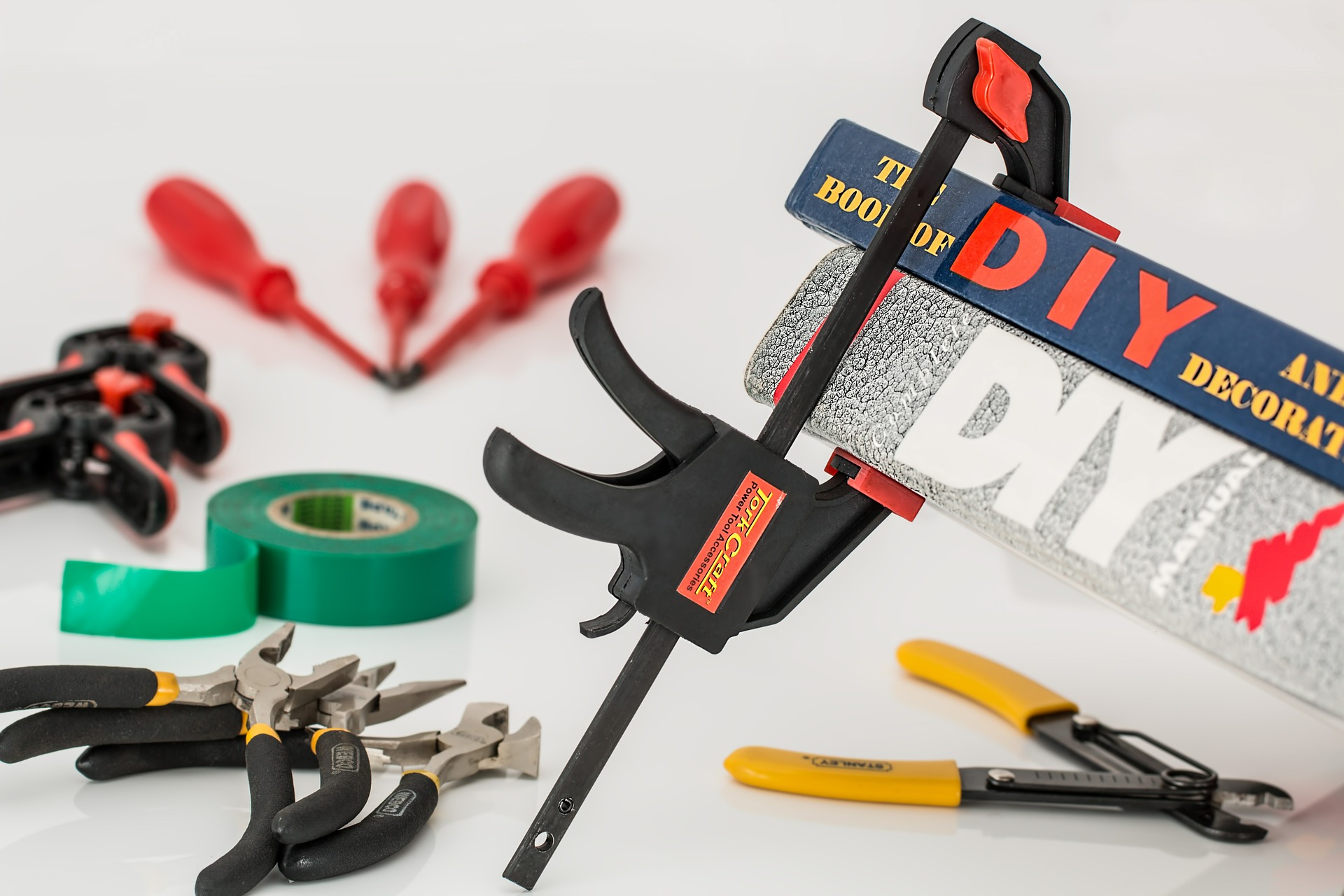
You must have the proper techniques to protect your shoreline against coastal erosion. There are many ways you can do this. One way is to use managed realignment. Another method is to use an Offshore breakwater, while you can also use Geotextile tubes.
Table of Contents
Dig trenches
There are many different methods to combat coastal erosion. Some are more effective than others, but all are important to preserving your property. Thankfully, a few ways are easy to implement and cost-effective. Whether you’re looking to protect your family from a rocky beach, improve water quality or add some much-needed curb appeal, there’s a solution for you.
One of the more efficient ways to reduce shoreline erosion is to plant trees and other vegetation along the sand. It will absorb some of the initial wave action and help stabilize the soil and prevent further decay.
Another method is constructing a swale or small trench at the slope. While this may seem counterintuitive, the swale is quite simple to build.
Hold the line strategy
Coastal erosion is a significant threat to coastal areas. In addition to sea level rise, storm surges, which typhoons can trigger, also contribute to erosion. The intensification of hurricanes has heightened the frequency of storm surges. These surges can encroach on shorelines and erode structures. Consequently, a practical approach is needed to protect vulnerable areas.
Several coastal management approaches are available. Some are aimed at reducing the damage done by coastal erosion. Others seek to pre-empt the damage. It is essential to know which strategy will suit your coastal area.
The hold-the-line strategy involves the construction of rigid coastal structures. Shoreline hardening includes rock revetments, groins, and detached breakwaters.
Managed realignment
One technique for shoreline stabilization Syracuse, N.y., utilized to stop coastal erosion is managed realignment. The relocation of essential structures is a part of it. Hard armoring, which is less environmentally friendly, is favored for this tactic.
The managed realignment includes the relocation of existing land and heavy equipment. However, some modifications to shorelines can lead to loss of property.
Shoreline erosion occurs when sand or sediments erode from the coast. These processes can be caused by rain, ice, or wind. Storm surges can also cause damage to shorelines. Increasing storms and the intensification of typhoons have exacerbated the problem.
Aerial photographs help map shoreline change. They provide good temporal coverage, but distortions can result in errors.
Offshore breakwater
Coastal erosion can be addressed through many methods, from conventional rigid structures to soft engineering techniques. While both are effective in preventing decay, some ways are more environmentally friendly and can be more cost-effective.
One of the most common shoreline stabilization approaches is a “hold the line” strategy. It involves installing structures along the shoreline, such as a seawall or breakwater. However, this approach has a downside, as these rigid structures can cause damage to the surrounding natural environment.
Another method of shoreline protection involves planting vegetation. These trees and other plants can grow roots and absorb the initial wave action. They can also be driven into the eroded substrate, which helps to stabilize the shoreline.
Groyne
Coastal erosion is a problem faced by many coastal areas across the globe. It occurs when wind, rain, ice, and waves cause the shoreline to be eroded. The process can be mitigated by combining hard and soft engineering techniques.
Rigid structures such as breakwaters, groins, and seawalls are often used in a “hold the line” strategy. However, they may not be environmentally friendly. Alternatively, “softer” approaches such as beach nourishment and mangrove replanting can be considered. These methods are environmentally friendly and more durable.
In some cases, the impact of coastal erosion can be minimized by understanding the coastal sediment supply and redistribution processes. For example, most sediment taken offshore is returned to the coast in minimal quantities during normal conditions.
Geotextile tubes
Coastal erosion is a severe problem in high-latitude regions. It can devastate the environment and lead to the loss of property and land. The following article aims to explore new coastal stabilization techniques to help combat erosion.
Coastal rigid structures like seawalls are often constructed to protect beaches from erosion. They are relatively expensive and tend to affect the natural coastal habitats. A mix of soft and hard engineering methods can be used for coastal protection.
In recent decades, erosion has become increasingly common on high-latitude coasts. There are a wide variety of causes, including wind, storms, ice, and rain. Some shoreline modifications, like building walkways and roads, can also increase the erosion rate. Shoreline stabilization techniques should minimize the physical impacts of these activities while providing adequate protection.


